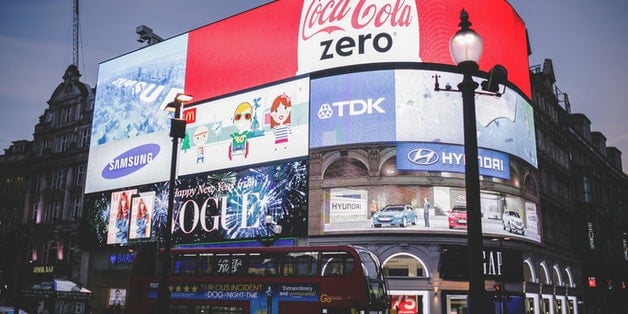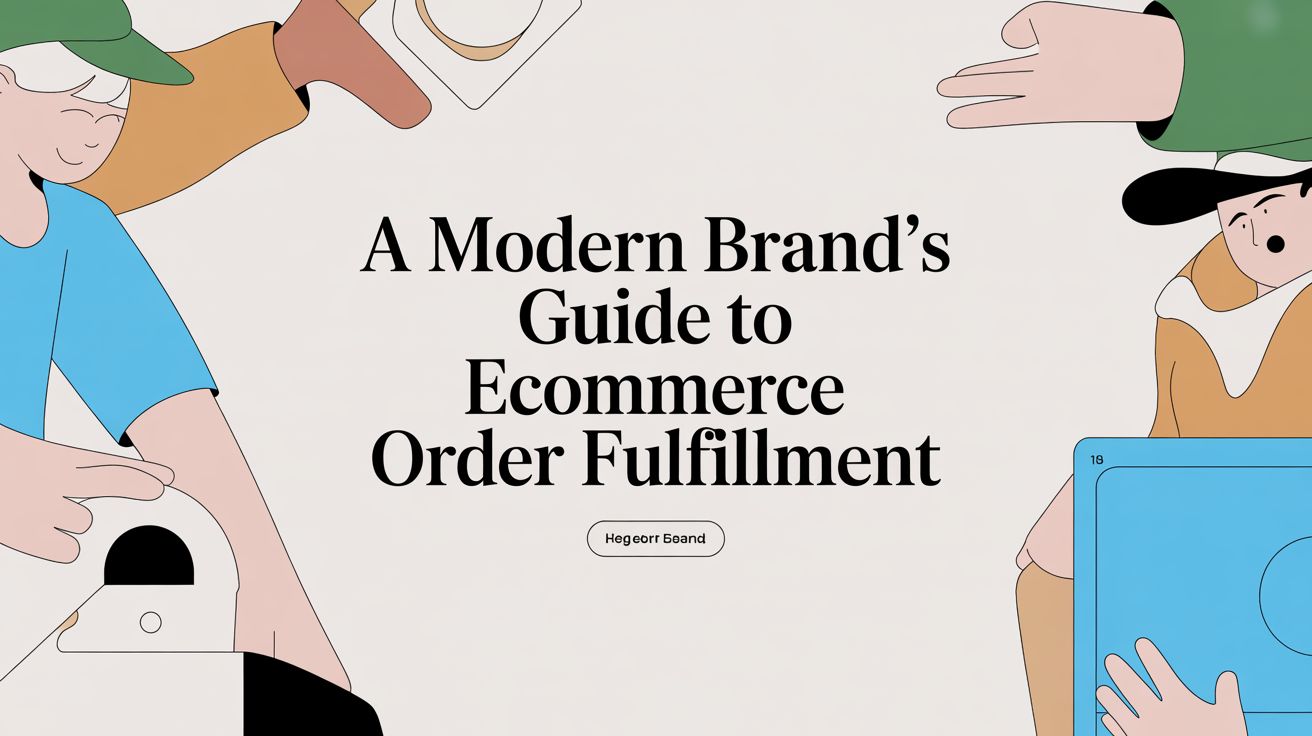
What makes a product popular? The secret to viral marketing

It’s an age-old question that plagues the minds of marketers everywhere: How can you get people to talk about — and fall in love with — your brand? There’s a science to getting people to spread the word about your brand, especially to the point of viral marketing.
We spoke to Brent Coker, consumer psychologist and author of "Going Viral: The 9 secrets of irresistible marketing." Together, we discussed the must-have factors of popular products and the brain science behind popularity.
What does a product need to be popular?
Like any recipe for success, popular products abide by a certain set of requirements that make them far more attractive to consumers than their lesser known counterparts. Those requirements are often rooted in human emotions.
“Think of brands as people (they evoke similar associations). Now think of a person you respect and admire (they have social capital). Why do you admire them? Likely it includes things like affinity — you 'relate' to the brand and it fits your values, it is highly relevant while remaining true to its core values and/or it makes you 'feel' something (heritage brands especially, through evoking memories and nostalgia). Brands need to be respected to be liked. Brands that are respected because of the brand personality and the actions of the brand are liked,” Coker said.
There’s a few things to highlight here, starting with brand humanization. This is the process of attaching human personality traits and emotions to a brand, and like Coker said, it can have some pretty powerful effects on consumer behavior. When a brand is able to mirror its customers in a way that feels authentic to them, it’s much easier for customers to see that brand as an extension of themselves, and as a result, have a certain allegiance to the brand.
The more connected a consumer is with a brand, the more likely they are to talk about it with others, too. And as you can imagine, this sort of brand advocacy can lead to higher brand awareness, customer acquisition and conversions.
What your brand needs to be top of mind
Being top of mind doesn’t often happen overnight. It takes years to build credibility and create products customers will instantly think of. Heinz Ketchup has been able to do just that. In 2021, the condiment brand and the Canadian agency Rethink gathered consumers from across the globe for an experiment: Draw whatever comes to mind when you hear the word 'ketchup.'
As you might’ve guessed, the majority of consumers drew Heinz. Some went as far as drawing the logo on the picture.
“Well, the textbooks will say it is frequency of brand exposure — the more times you are exposed to a brand, the more likely it will be recalled. But also for a brand to imprint itself in memory in a strong way it needs to use emotions. Emotions are a mechanism that facilitates memory recording,” said Coker. “For heritage brands like Heinz, they have frequency of exposure, but also historic memory activation (nostalgic memories and associated memories of lifetimes). There are other ways to imprint brand memory recall also — anything that evokes emotion (actually 'arousal’) such as viral marketing instances.”
Is it about the product or the psychology?
Many of the concepts Coker has mentioned thus far — brand love, brand humanization, nostalgia and emotions — have roots in consumer psychology. So this begs the question: Does popularity have anything to do with how good a product is, or is it more so based on psychology?
“There is often a disconnect between product performance and brand associations. For example, an unheard of brand name TV might perform just as well as a Sony TV, but people assume the Sony works better. So, popularity doesn't always correlate with product performance,” said Coker. “Again, popular brands make people 'feel' something, and that comes from affinity and brand associations. The area of the brain associated with imprinting brand associations is possibly the Lymbic system (through the arousal process).”
If you do find your brand reaching heightened levels of fame, Coker leaves you with this parting advice: Stay relevant while remaining true to your core values. It’s not easy to do, but it sure is worth it.

Lindsay Keener is a brand journalist for Quikly. She covers stories that help to inform and educate consumer-facing marketers.

